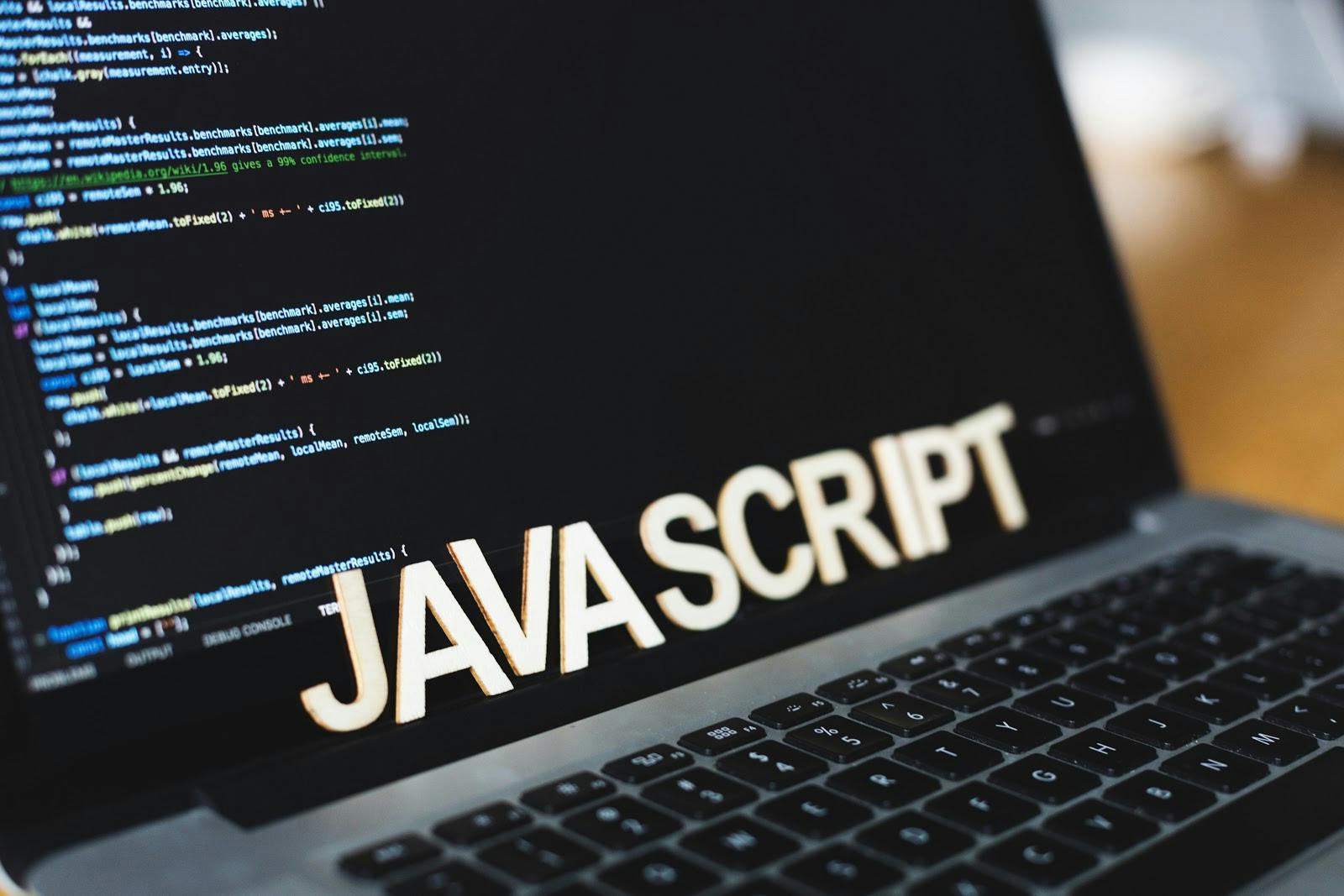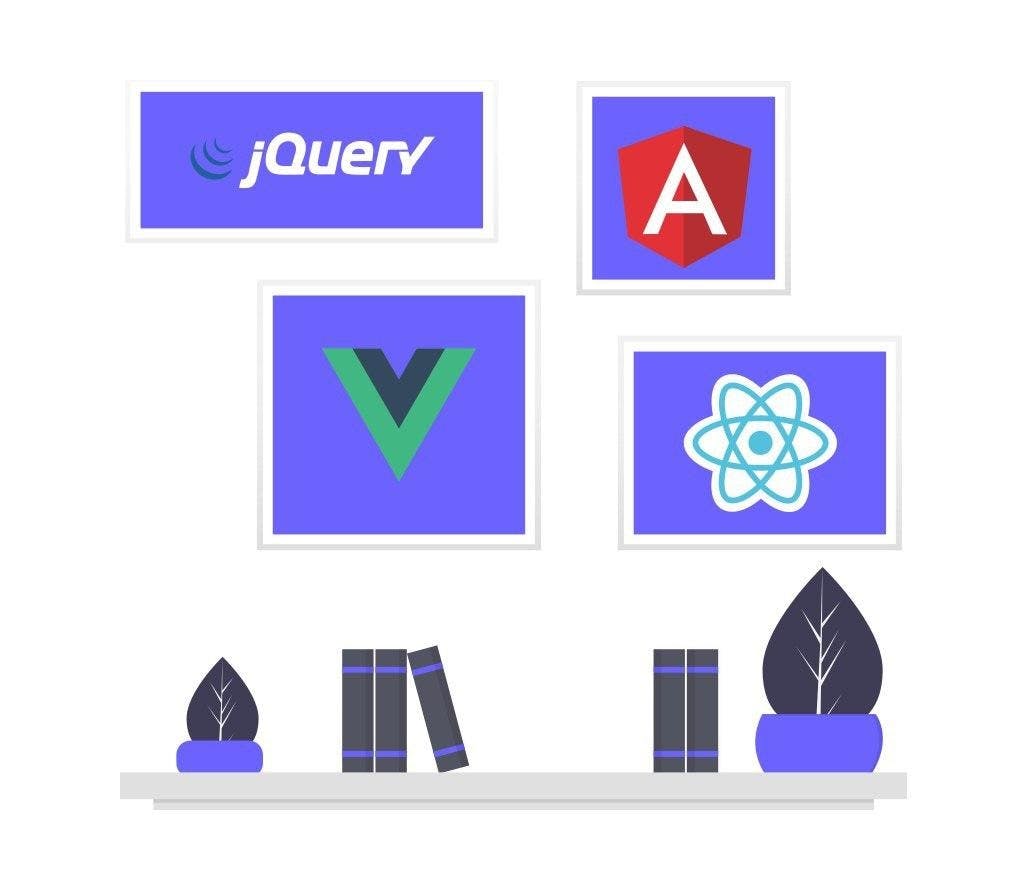In a modern software-centric era, development is what sets things in motion. Yes, be it a simple business website or a complex e-commerce website/application. If not for the “from scratch” development, you will definitely need to rely on development and developers at some point in time for any of your business ventures. When development and developers worldwide continue to add more significance and grab more attention than ever before, it indeed puts us in a tough spot in finding a rare and competent developer.
Over the years, the term “full-stack developer” became more like a buzzword and an in-demand talent among the IT industries. A full-stack developer works on both the client-side and server-side. Besides specializing in the front-end and the back-end workflow, he/she must be proficient in handling database, server operations, and systems engineering. On the whole, to be recognized as a full-stack developer, one must be expertise over the several stages of a software development lifecycle (SDLC) and a tech stack. Confused over
Without much ado, let’s delve into the top 10 things that every recruiter must be aware of before hiring a full-stack developer.
1 HTML5/CSS3:
Be it for an amateur developer, front-end developer or one who works in and around a website/application, HTML and CSS is a must as it’s the basics to everything concerning software development. HTML stands for Hypertext Markup Language defines the structure of a page and CSS stands for Cascading Style Sheets defines its style (visual and aural layout); together they form the core technologies that’ll be required for building web pages.

Even though chances are there that you can learn these languages as you go and most of the things can quickly be googled, it’s still inevitable to master it if you wish to apply their own custom styling to whatever front-end libraries and frameworks you’re using. Besides learning merely HTML and CSS, there’re value-added additions that help you to get the best out of these template technologies, namely; the preprocessors Pug, HAML, and Slim for HTML and Stylus, SASS, and LESS for CSS.
2 JavaScript:
It is true that merely with HTML and CSS, you can create and develop web pages, but it’s not sufficient to deliver dynamic pages. With JavaScript (JS), you can deliver a robust, dynamic, and most interactive user experience. In simple words, if HTML provides structure to web pages and CSS styles, then it’s JavaScript that makes it come to life. According to the Stack Overflow 2020 survey, JavaScript is the most commonly used popular language for the eighth year in a row. The advantages of JavaScript, such as simplicity, speed, interoperability, and scalability, make it stay omnipresent in modern web development.

3 TypeScript:
A superset of JavaScript and comes with the facility of adding optional static types. One of the striking features of TypeScript is its Type System which helps to detect unusual behavior of code. For example, the validating feature of checking whether the language primitives such as string, object, and a number have been appropriately assigned is absent in JS. Given the highlights, you may think it’s wiser to choose TypeScript over JavaScript, and in that case, you may be confused on which of this language must be learned first.
To clear the doubt, let me tell you, there’s no big difference between whether you start with JavaScript or TypeScript. Since TypeScript shares syntax and runtime behavior with JavaScript, even if you move the code from JavaScript to TypeScript, it runs the same way.
4 Libraries & frameworks:
When it comes to JavaScript libraries, it is jQuery and React.js that top the list. Known for simplifying HTML DOM manipulation, Ajax interactions, animations, event handling, and much more, jQuery is used by 76.5% of the top 10 million websites as per the W3Techs report. As far as ReactJS is concerned; the component reusability, efficient rendering of data changes, ease of debugging, and seamless integration are definitive pluses to React. Besides, the existing full-fledged frameworks designed exclusively for JavaScript such as AngularJS and VueJS, React has also opted as a reliable framework for JS by some.

Go to https://undraw.co/search and type jQuery.
- CSS (or front-end frameworks) - frameworks like Bulma, Foundation, and especially Bootstrap 4 provide you with a ready-made structure to your CSS code. The frameworks, along with preprocessors for CSS, assists you to speed up your development process.
- JavaScript frameworks - the most widely-used JavaScript frameworks are AngularJS and VueJS. Though you have so many of them in the list, these two frameworks come with their own perks such as modularity and two-way data binding in AngularJS; and lightweight (almost 20 to 30 kb difference of size with Angular & React) and fast rendering (thereby minimal load time) in VueJS.
- Back-end frameworks - Much like front-end and JavaScript frameworks, you have back-end frameworks that act as libraries for server-side programming languages and offer ready-made components for developing dynamic web applications. Among all, Express.js is the go-to option by most of the developers and others include Laravel, Laravel Lumen, JHipster, Spring Boot, Django, ASP.NET Core, hapi.js, etc.
5 Programming Languages:
To be or being a full-stack developer, you must know most of the popular programming languages. Though, it’s unreasonable for expecting you to master all of the existing languages, good command over one of the in-demand programming languages like PHP, Ruby, Java, Python, etc. is a must and must be familiar with the rest of them.
Apart from knowing a language, a skillful full-stack developer must know how to code for the back-end process and rightly apply the language syntax. He/she must be proficient in how to structure, test and execute the developed codes.
6 Node.js:
Node.js is an open-source run-time server environment and network applications built on Google Chrome’s V8 engine. The single-threaded and event-driven architecture with non-blocking I/O of Node.js make it deliver fast and high-performing applications. It is the best go-to option for a data-intensive and real-time application that runs across distributed devices. It supports the cross-platform environment and can run on Windows, Linus, Mac, OS X, and FreeBSD.
7 HTTP - REST APIs:
HTTP, a communication protocol that is used to connect a server with a client, i.e. with the internet or the local internet (intranet), and API is the application programming interface that helps to define interactions with multiple software intermediaries. One of the popular APIs such as the REST makes use of HTTP to transport any XML and JSON messages.
Having emphasized the role of HTTP and APIs in web communication, a full-stack developer must be familiar with some of the API tools such as Postman and SoapUI to trigger API without disturbing the front-end while you’re working on the back-end.
8 SQL & NoSQL:

To be in the place of taking crucial decisions and foreseeing the end-product, a full-stack developer must possess a decent knowledge about SQL databases such as MySQL, Oracle, PostgreSQL, Microsoft SQL server; and NoSQL databases such as MongoDB, BigTable, RavenDB Cassandra, CouchDB, etc. He/she must also be familiar with inserting, modifying, and deleting data and some of the other required database operations.
9 Unit testing:
Though testing is not the developer’s cup of tea, the developers need to perform unit testing and other required functional testing to identify potential threats in the early stage of the development process. For rare and sought-after talents like full-stack developers, it is of paramount importance to be familiar with end-to-end testing.
10 Git & GitHub:
Understanding how version control works is a prerequisite for anyone who wants to know as a software developer. To be at the level of a full-stack developer, using Git and GitHub with the best practices is an uncalled-for requirement. Next to Git, BitBucket is the most widely used repository, and a good full-stack developer must know how to make the best out of the available technologies to achieve the business goals.

